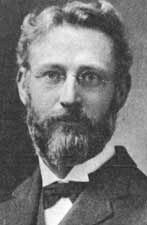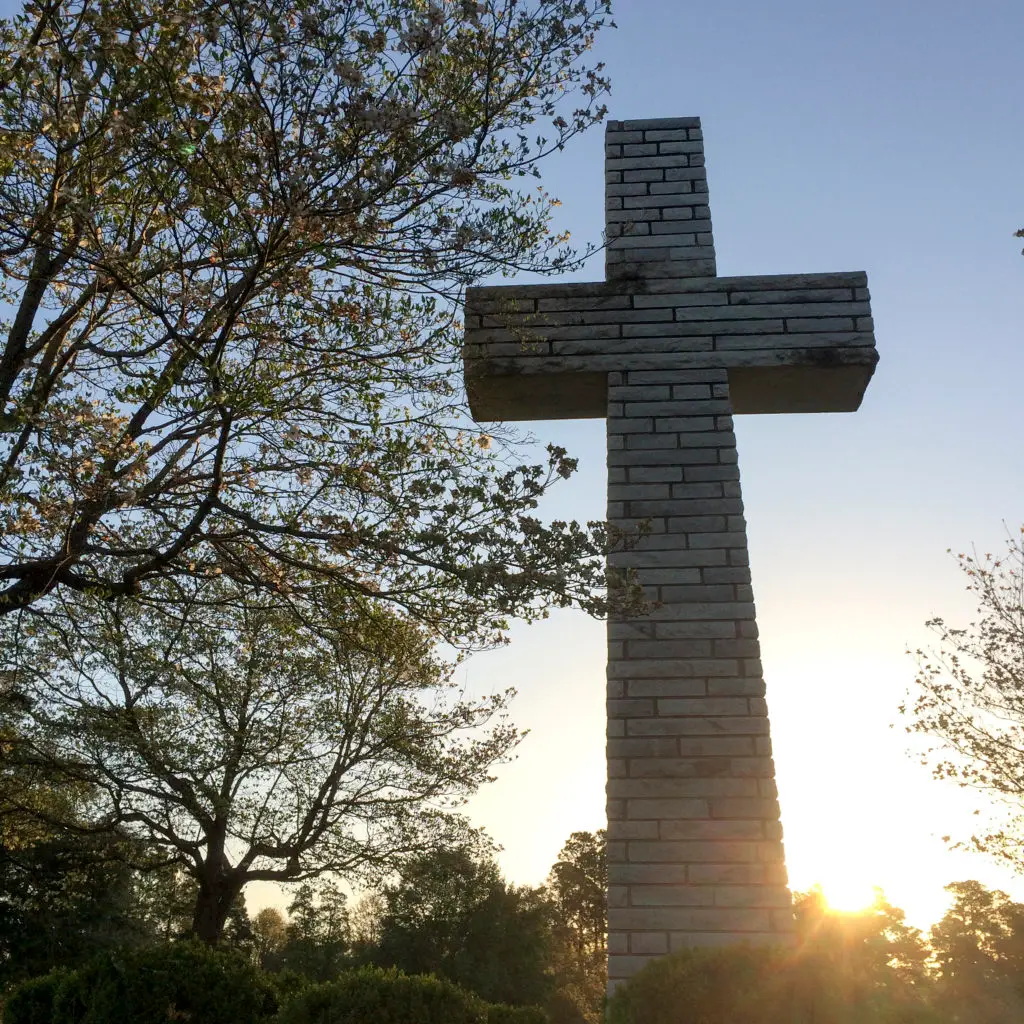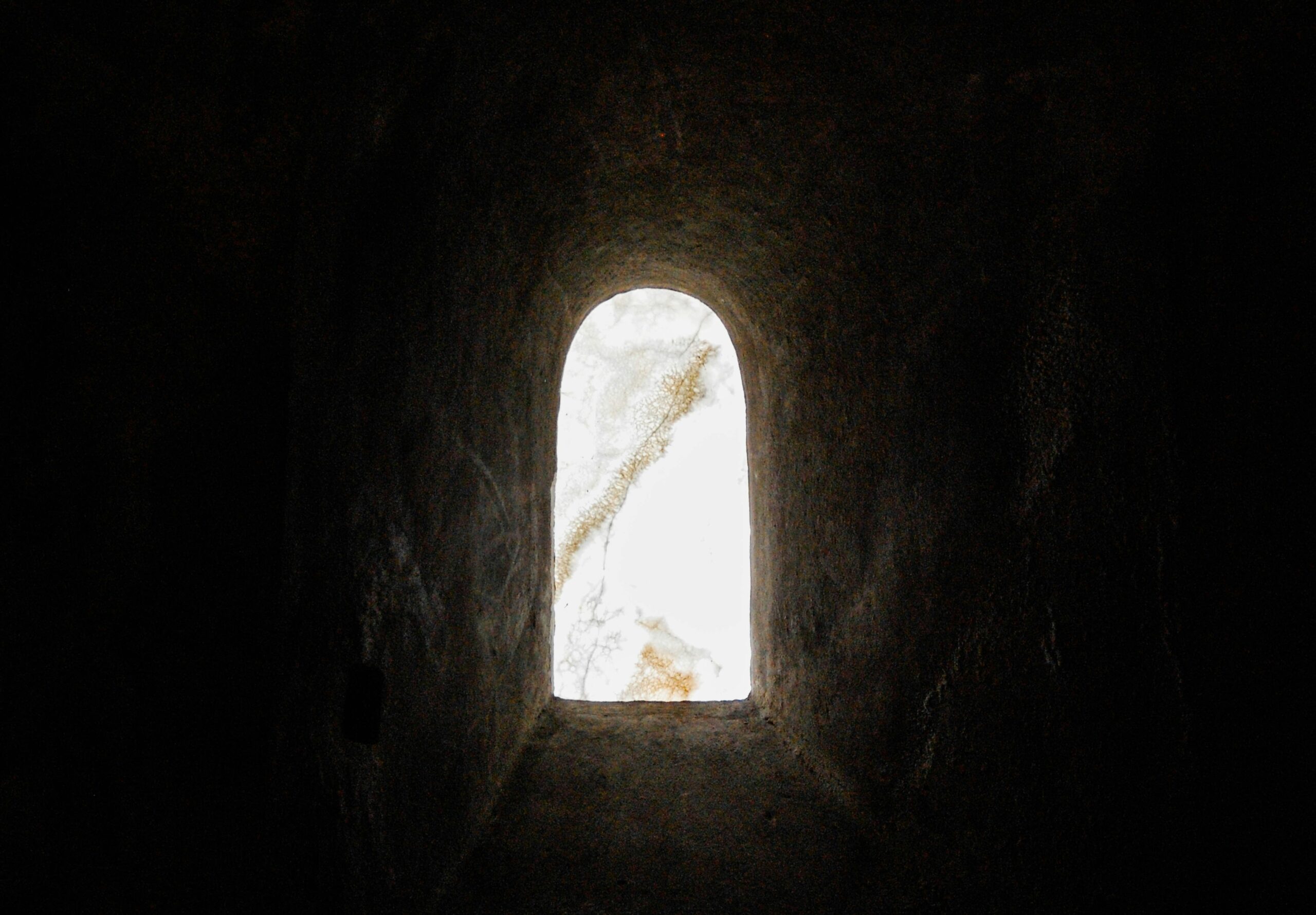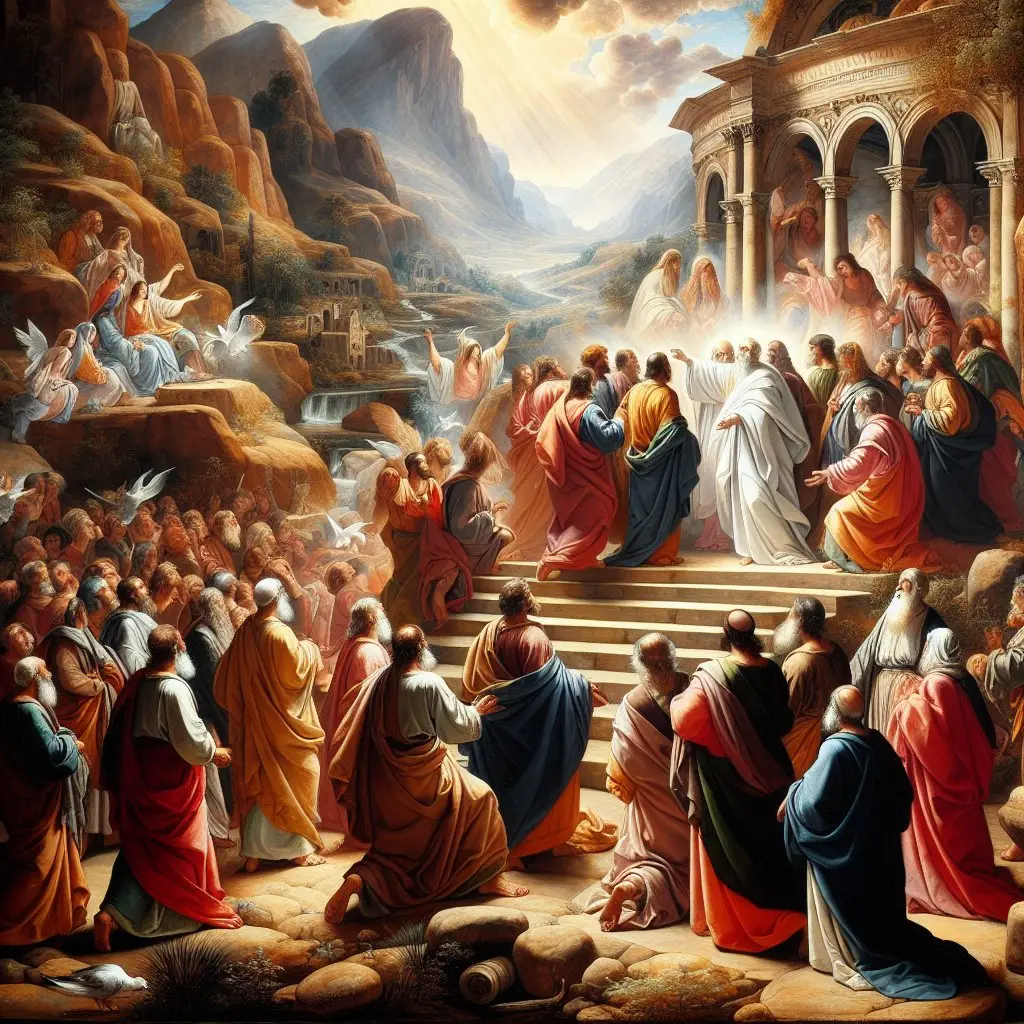*This post is the latest in a series looking at the Sabbath. Previous posts include:Paul and the Sabbath, Jesus and the Sabbath, The Sabbath and the Decalogue in the OT, a look at God’s Rest as Prescriptive, an examination of the Sabbath as a Creation Ordinance.
Now that a brief survey of Sabbath throughout the canon has been made, a word may be said regarding typology. Many anti-sabbatarians want to argue that the Sabbath has been fulfilled in Christ, and is thus no longer binding. However, I want to argue that the Sabbath is typological of a future rest to come, and thus is still valuable today for its typological significance.
It is clear from scripture that the Sabbath was typological of the rest that is found in Jesus (Hebrews 3-4). However, the Sabbath was a picture of several other rests in scripture as well. The rest was a reminder of God’s rest after creation. The Sabbath rest symbolized the promised land that was to be given to Israel. The Sabbath rest is also typological of the future rest of all believers in the new heavens and new earth. Turretin describes the Sabbath as, “A type of the eternal Sabbath to be spent in Heaven; in which the saints, happy in souls and body, will rest in God from the sins, calamities, and miseries of this life.”[1]This is taught in Hebrews as well: “So then, there remains a Sabbath rest for the people of God” (4:9), a rest upon which the hope of believers today is built.
The Sabbath certainly looked forward to the coming rest found in Christ alone; but the type also is a foretaste of the future rest to come. Ryken puts it well: “We no longer look back to the old exodus for our salvation’ we look to Jesus Christ, who accomplished a greater exodus by dying for our sins and rising again.”[2] We also look forward to the future exodus, when our bodies are renewed threw the waters of death, and we can walk on dry ground into our glorified promised land. This is picture, along with Christ’s rest, are what is typified by Sabbath keeping today.

Geerhardus Vos
Vos captures well the role of the Sabbath, particularly its eschatological impact, in the lives of believers:
The Sabbath brings this principle of the eschatological structure of history to bear upon the mind of man after a symbolical and typical fashion. It teaches its lesson through the rhythmical succession of six days of labour and one ensuing day of rest in each successive week. Man is reminded in this way that life is not an aimless existence, that a goal lies beyond. That was true before, and apart from redemption. The eschatological is an older strand in revelation than the soteric.[3]
The Sabbath served, and serves, believers by pointing out the eschatological orientation of creation. This orientation was present from the beginning, and will continue until the ultimate consummation of history.
Those who object by saying that the type cannot extend past Christ are left with a puzzle. If all types end in Christ, how do they make sense of other types that scripture teaches are still ongoing (e.g., marriage, future promised land). While it is tempting to make the statement that all types end in Christ and then blame inconsistencies on inaugurated eschatology, the biblical picture of types extends also beyond Christ, to the ultimate conclusion of His purposes: eternal rest found in a glorified promised land.
In the coming posts I plan to take a look at the theological implications of accepting or denying the abiding sabbath principle found in scripture, plus a few historical teachings on the sabbath (including a prominent Southern Baptist!).
Jon English Lee
[1] Francis Turretin, Eighteenth through Twentieth Topics, vol. 3 of Institutes of Elenctic Theology (New Jersey: P & R Publishing, 1997), 616.
[2] Ryken, Written in Stone, 110.
[3]Geerhardus Vos, Biblical Theology: Old and New Testaments (Edinburgh; Carlisle, Pa.: Banner of Truth Trust, 1975), 140.






